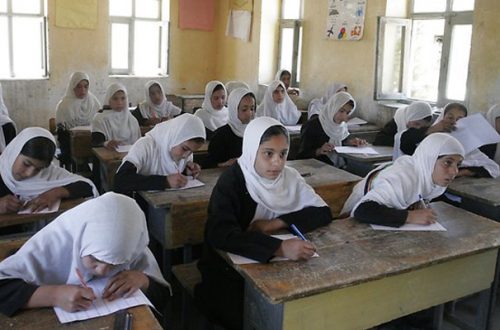This is an ICSR Instant Analysis by Senior Fellow, Shiraz Maher
Details of the latest plot by al-Qaeda in the Arabian Peninsula (AQAP) continue to emerge and it will be some time until a full picture emerges of this abortive attack. However, there are some salient conclusions that can be drawn at this early stage.
The current plot
- The choice of target is a new one for AQAP – Synagogues. This may have been part of a more general attempt by AQAP to appeal to Arab sentiments over the Arab-Israeli conflict. That is a conflict in which al-Qaeda has, so far, played little role. The current plot may therefore have been designed to demonstrate al-Qaeda’s intent.
- The bombs were destined to arrive today – on the Sabbath – when Synagogues are busy. The timing would have maximised deaths and insult by striking on the Jewish holy day.
- More broadly, the attack would have come just days before the midterm elections in the United States. Al-Qaeda has traditionally tried to influence American elections, a strategy which even led Osama bin Laden to address American voters before the 2004 Presidential elections.
- AQAP has a sophisticated cultural understanding of the West, not least because some it’s senior leaders are American citizens. Most prominent is Anwar al-Awlaki who has directed a series of terrorist attacks including the failed underpants bomber, Abdulmutallab, and the Fort Hood attacker, Major Nidal Hasan. Samir Khan, an American of Saudi origin, has also emerged as a key propagandist and is believed to be behind AQAP’s quarterly magazine, Inspire.
- Cargo screening is not rigorous as it is for passengers. However all cargo flights from Yemen, Pakistan and Afghanistan have, for some years now, been subject to additional screening for drugs and explosives.
- Preliminary tests suggest the packages contained the explosive material, PETN. The same chemical was used by Abdulmutallab last Christmas. PETN was also used by AQAP during an assassination attempt against a Saudi royal last year.
- The intelligence which foiled this plot emerged from Saudi Arabia, underscoring the importance of intelligence sharing relationships between Western and Arab governments.
- Pressure will now grow on Obama to implement a droning policy in Yemen. So far, the United States has launched sporadic drone attacks in Yemen although it is incomparable to the kind of sustained campaign being waged in Pakistan. Saudi backing and involvement will be crucial if this is to be effective.
AQAP: Background and history
- Yemen is the Middle East’s poorest country with few natural resources. It has an underdeveloped economy and civil infrastructure, and its government has little authority.
- The creation of AQAP was formally announced in January 2009. However, AQAP is not entirely new. The group represents an amalgam of pre-existing terrorist groups affiliated to al-Qaeda which previously operated in Saudi Arabia. The Saudi state smashed al-Qaeda’s infrastructure in the kingdom by killing most of its leaders and arresting hundreds of its supporters. Those who evaded capture fled to Yemen.
- The group has quickly established itself as the most potent chapter of the al-Qaeda franchise, dwarfing the excesses of its counterparts in AfPak. Jonathan Evans, Director-General of the Security Service, recently warned that an increasing number of threats to the UK are emerging from Yemen and the Horn of Africa. Obama’s counterterrorism adviser, John Brennan, has similarly described AQAP as “the most active operational franchise” of al-Qaeda.
- AQAP has staged a series of brazen international attacks with uneven success. Its first major international attack was the attempted assassination of Saudi Arabia’s Deputy Interior Minister, Prince Mohammed bin Nayef. He survived, but it served to announce AQAP’s ambitions and ingenuity – the would-be assassin had concealed the explosives in his rectum.
- The group has frequently targeted British consular staff in Yemen. The deputy chief of the British embassy in Sana’a, Fionna Gibb, was attacked earlier this month. There was also an attempt to assassinate the ambassador, Timothy Torlott, in April.
- Embarrassingly for American and Saudi authorities, AQAP’s deputy leader Sa’id Ali Jabir al-Khathim al-Shihri was released from Guantanamo Bay in 2007. He entered Saudi Arabia’s ‘rehabilitation’ programme for jihadists before being released in Riyadh. From there al-Shihri made his way south and joined AQAP. He appeared in an AQAP video last year saying, “By Allah, imprisonment only increased our persistence in our principles for which we went out, did jihad for, and were imprisoned for”.
- Estimates vary about the number of AQAP fighter though credible reports suggest it is in the low hundreds.
- AQAP is sheltered by powerful tribes, particularly in the provinces of Shabwa and Abyan. With the central government able to exert only minimal influence Yemen risks becoming a failed state and providing al-Qaeda with a new operational base away from AfPak.
